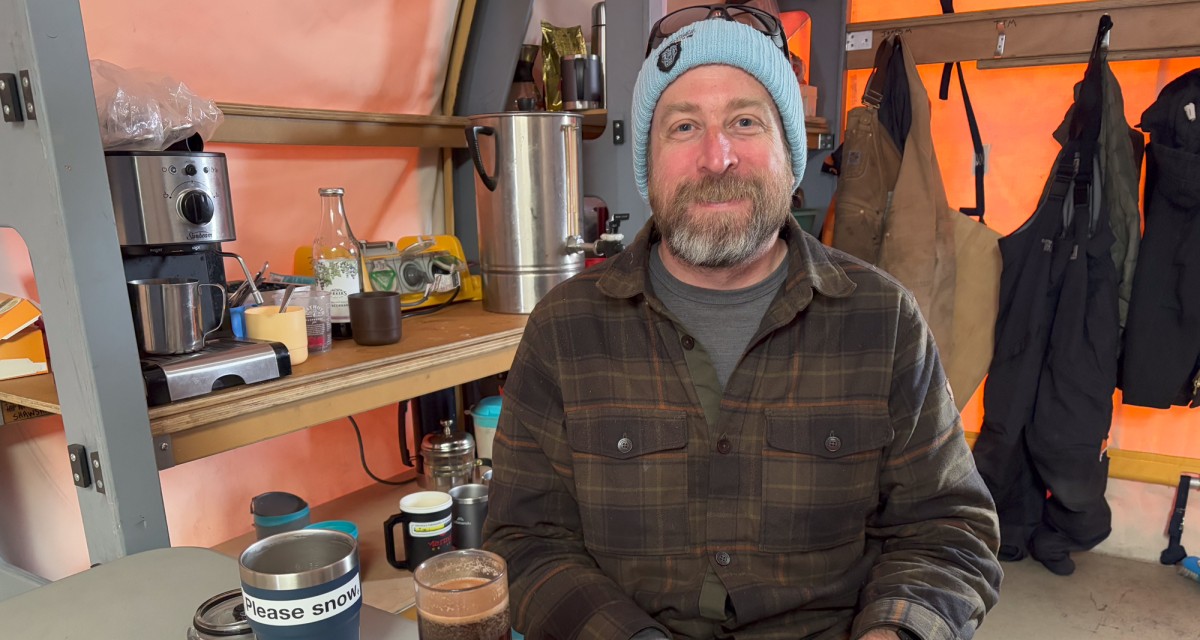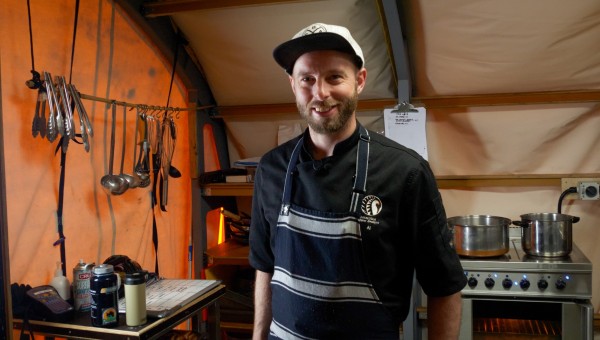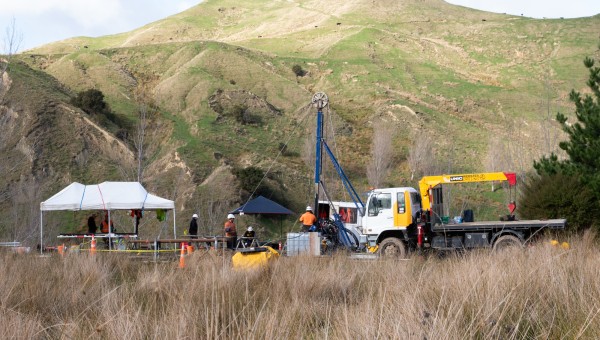Big changes are afoot at KIS3. We are making great progress with our hot water drilling, so it’s time for some of the teams to move into 24-hour operations. This means splitting into day and night teams, each working 12-hour shifts.
Both the hot water drillers and our science team have this underway, beginning with a transition period to ease into it.
This is a very exciting step, as it means we are getting closer to our open hole science, but we will no longer be able to enjoy having meals altogether as one team. Our excellent Chef Al has plans in place for making sure everyone gets fed at the times that work in with their shifts.
We will miss the socialising, and also the series of excellent evening presentations from team members, ranging from a police forensics demonstration, a look back at previous Antarctic drilling projects, and taste of an outback New South Wales community media project.
‘Tent City’ is now to be avoided as much as possible except for sleeping, to avoid the sound of footsteps crunching in snow and tent zips opening and closing from waking up those on alternative shifts trying to sleep. A handy map has been developed in case we need to wake up anyone who misses their alarm!



